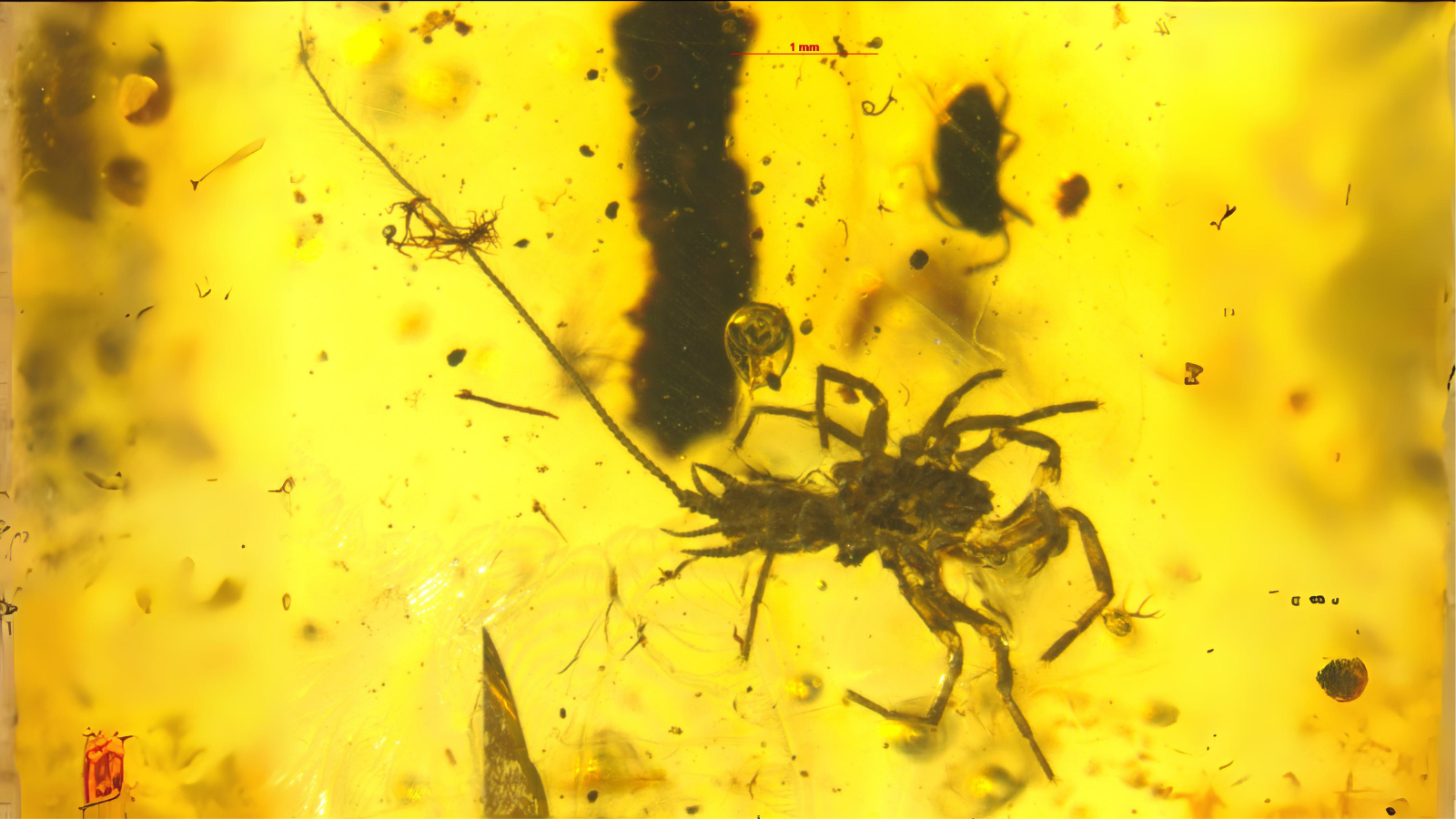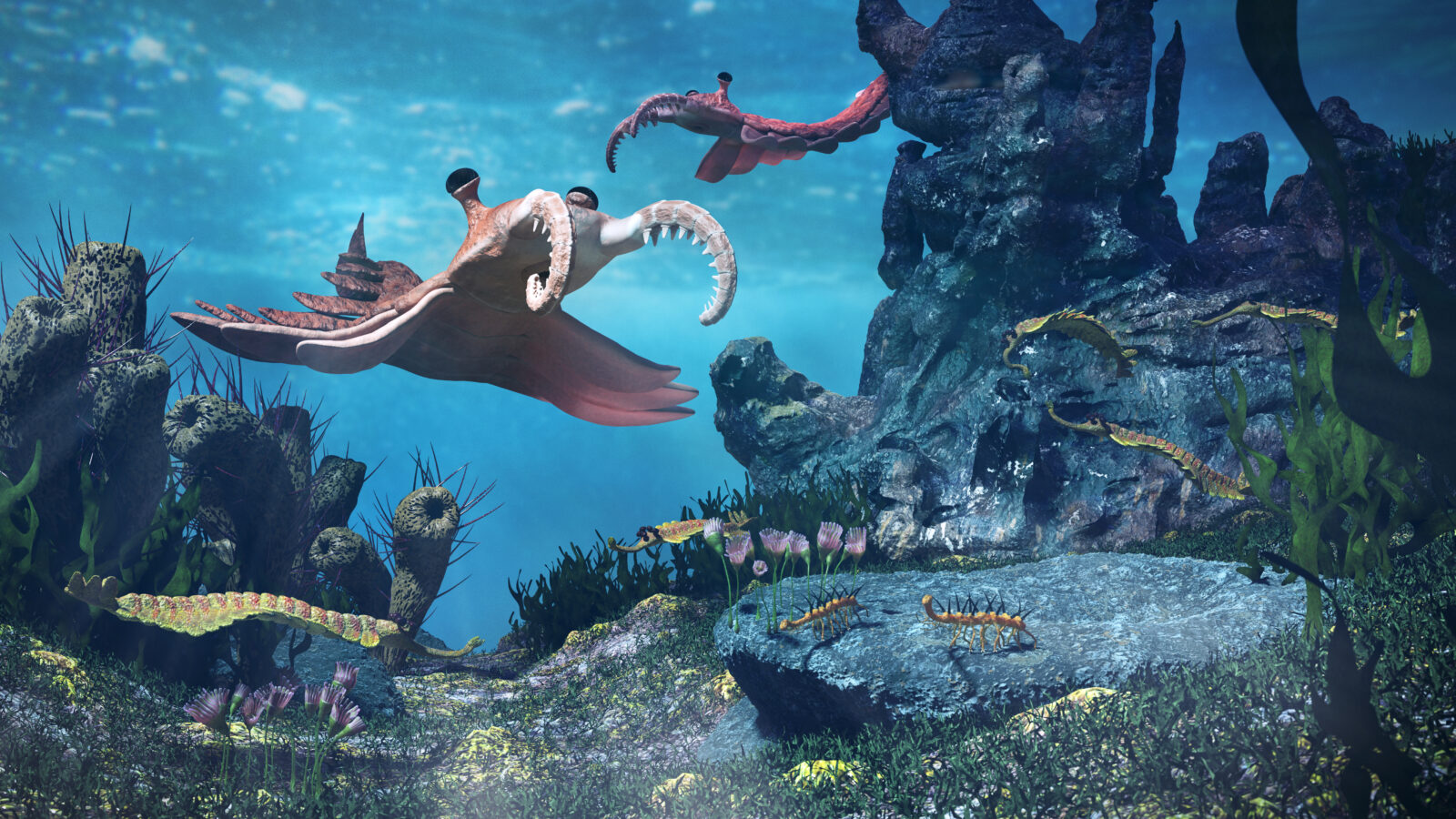


Why Intelligent Design Best Explains the Fossil Record Data

Günter Bechly: Rich Fossil Record Says No to Insect Evolution
On this episode of ID the Future, Dr. Günter Bechly, paleoentomologist and former curator for amber and fossil insects for the State Museum of Natural History in Stuttgart, Germany, talks with host Andrew McDiarmid about evidence for macroevolution among insects. The fossil record is “saturated,” Bechly says. By that he doesn’t mean there aren’t new fossil forms to discover. Bechly himself has discovered several. He means we have an extensive enough sampling to confidently discern the major patterns of change and stasis in the history of life. And it shows no sign of insect evolution. It shows no transition from marine arthropods to terrestrial insects, none from wingless insects to winged insects, and no gradual evolution to insects (such as beetles and butterflies) that go through a metamorphosis that includes a pupal stage. And evidence for common ancestry is either contradictory or missing. In short, Bechly argues, the insect fossil record is much better explained by intelligent design than blind evolution.